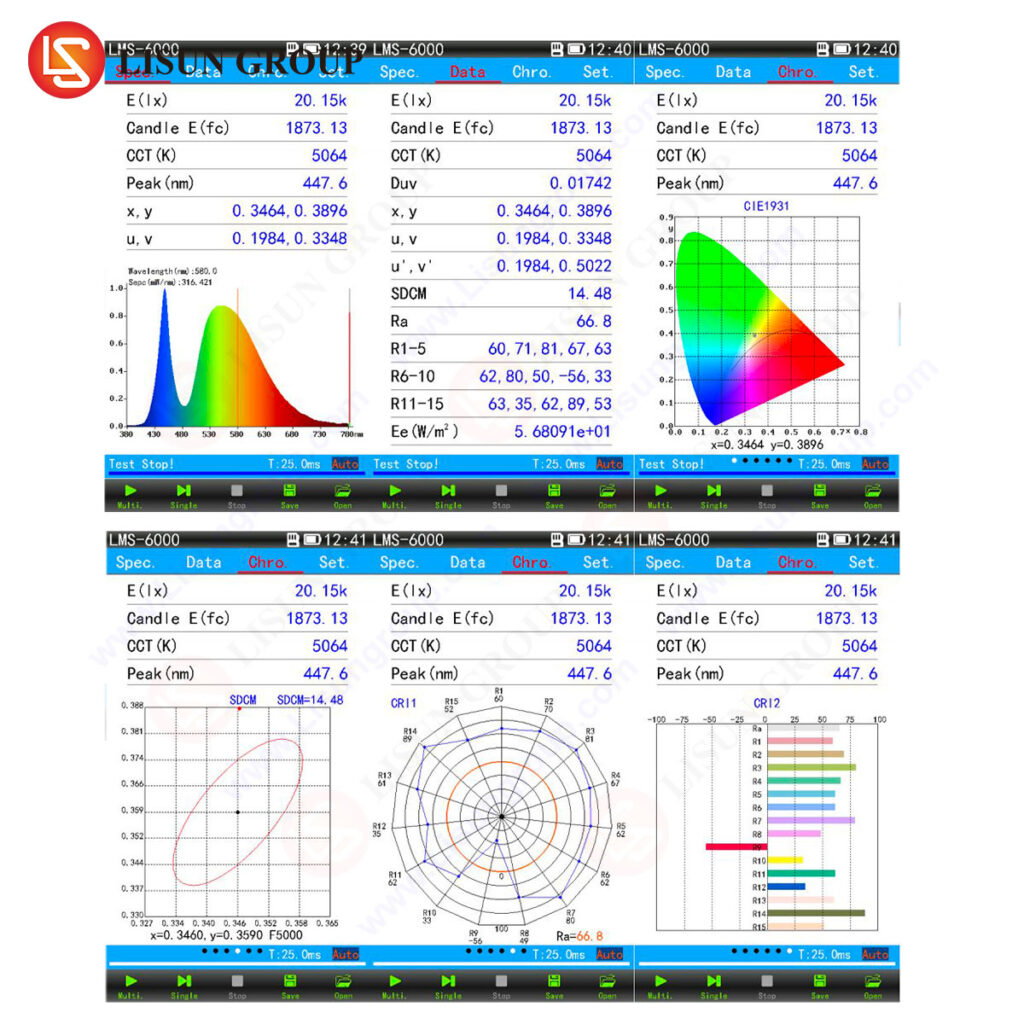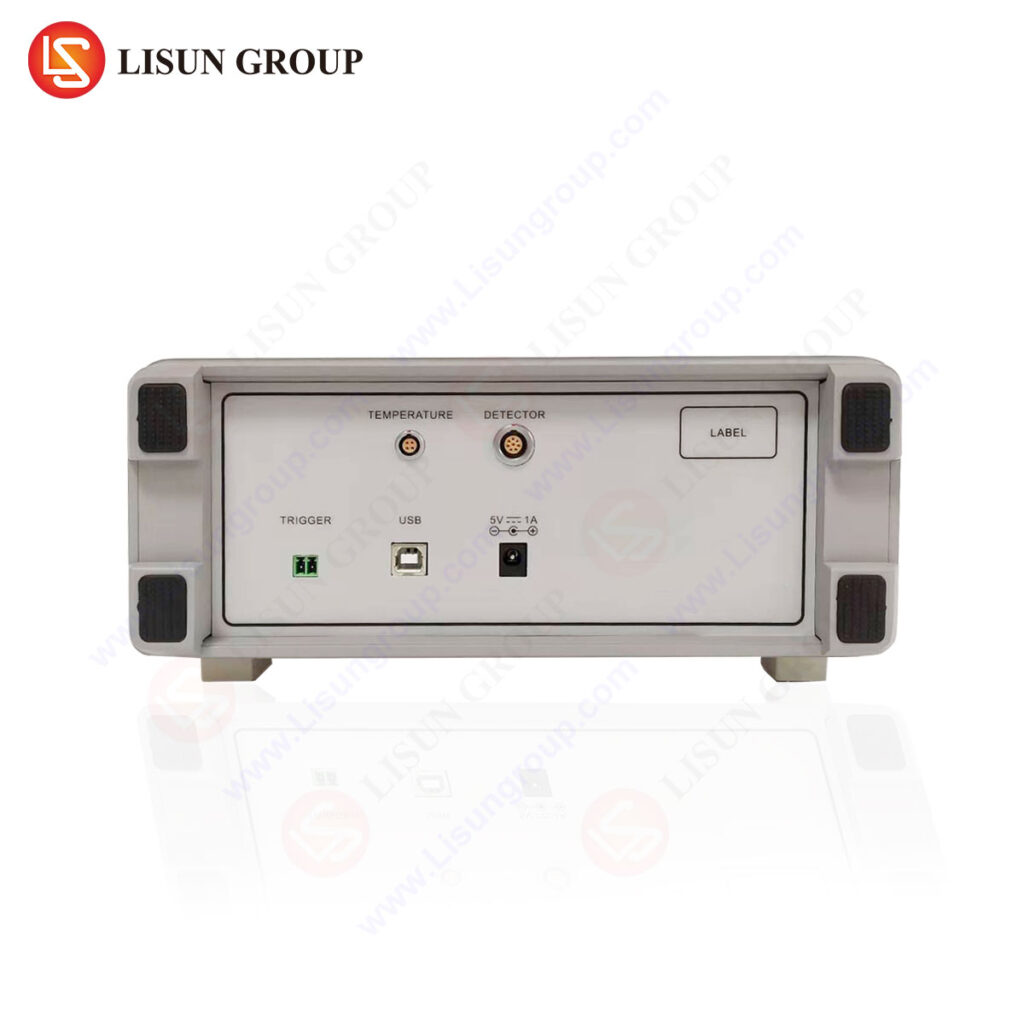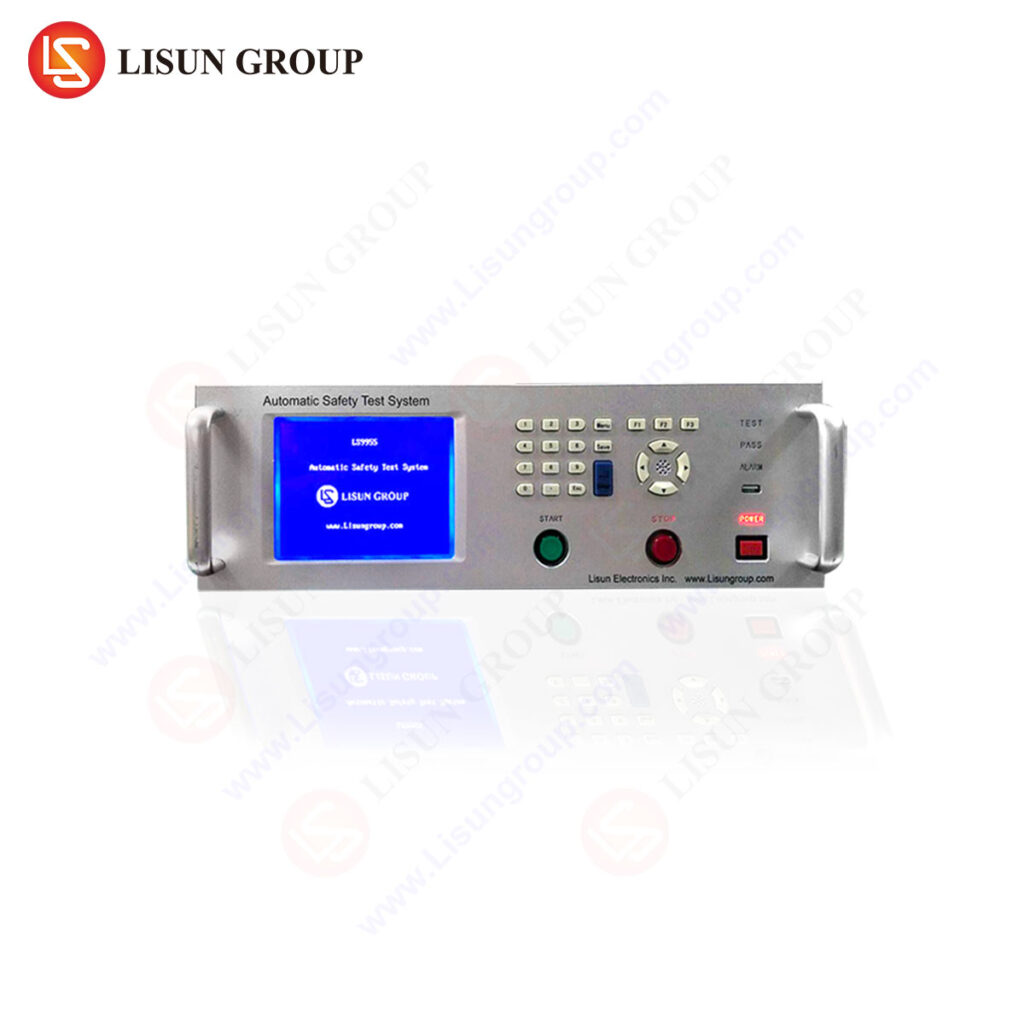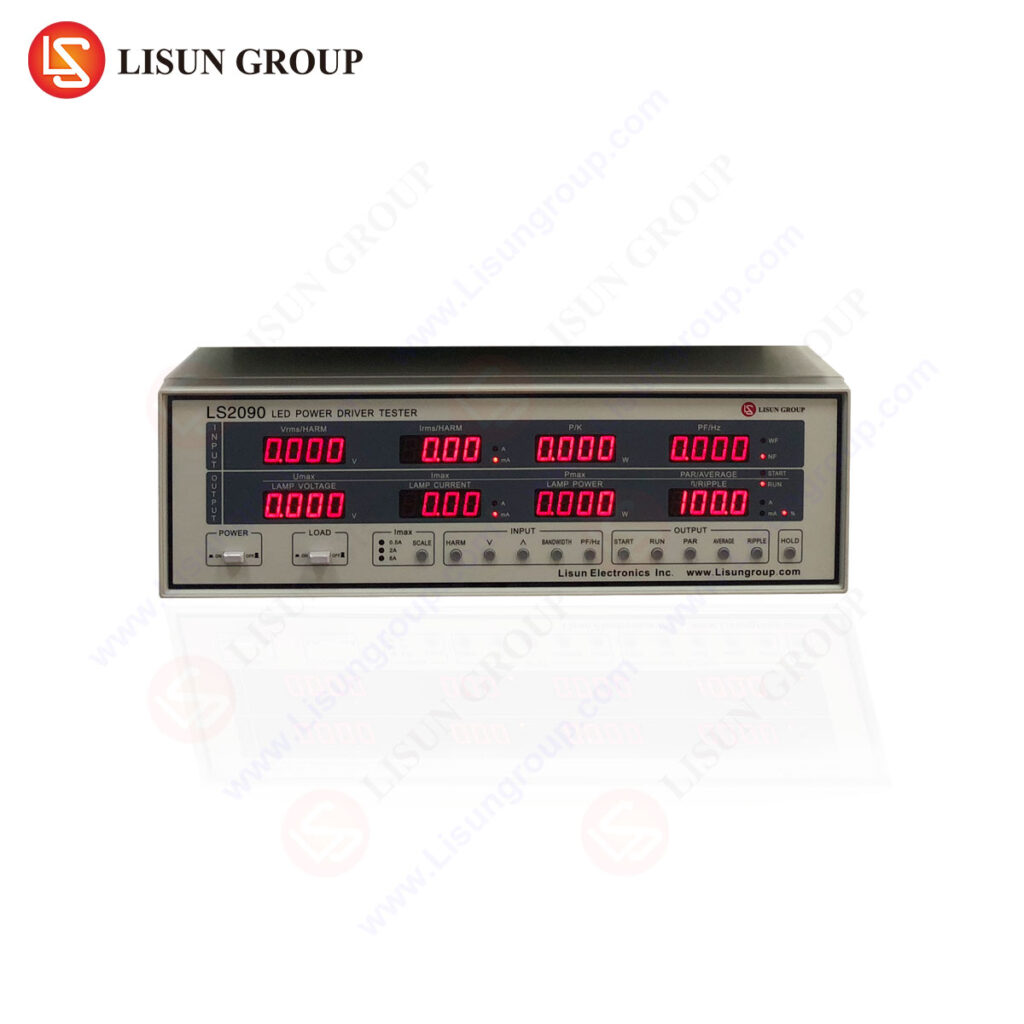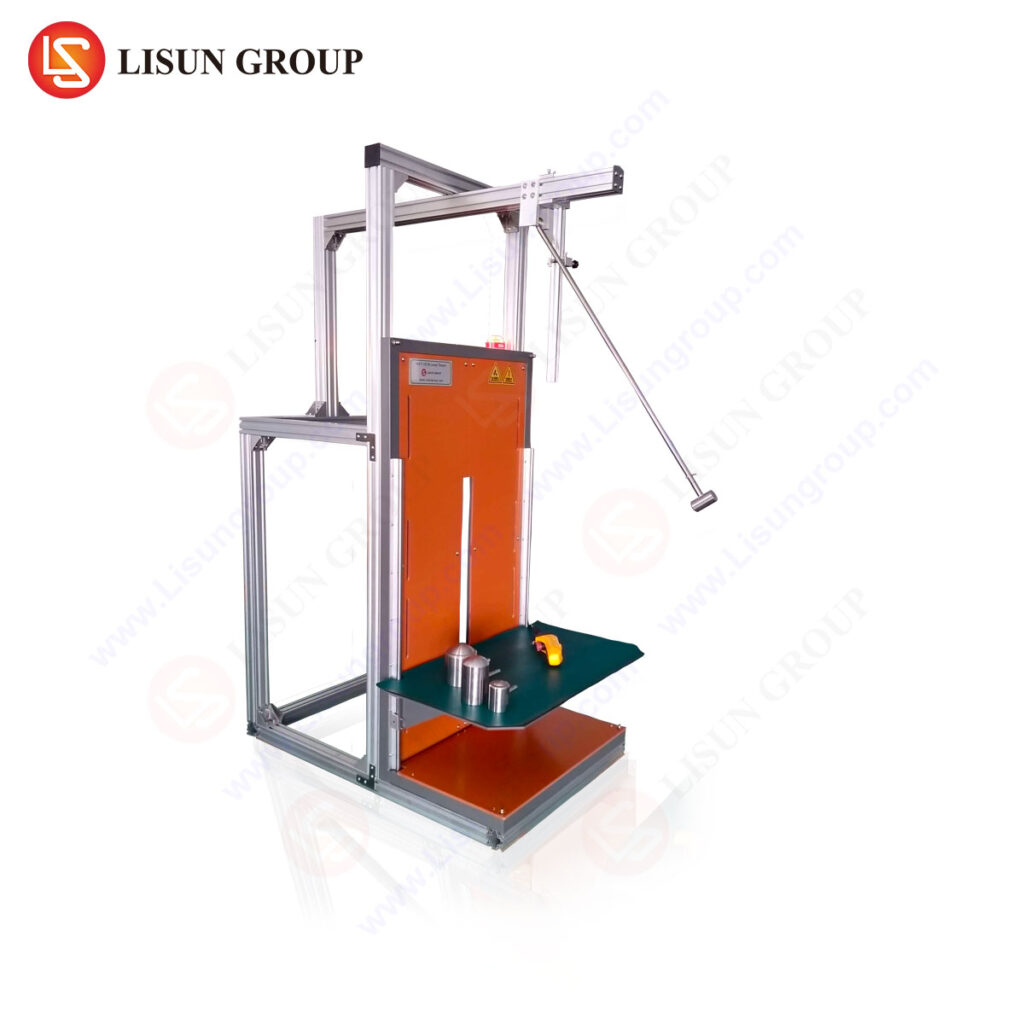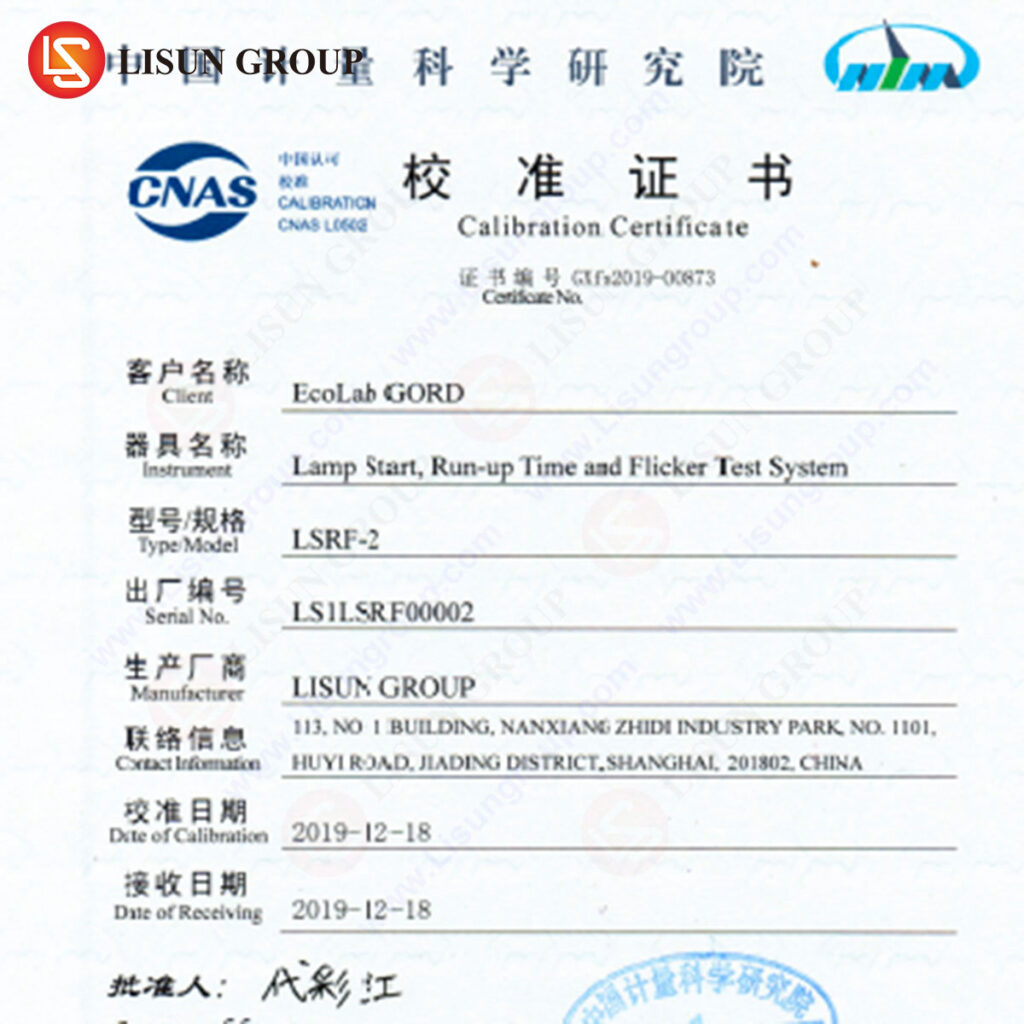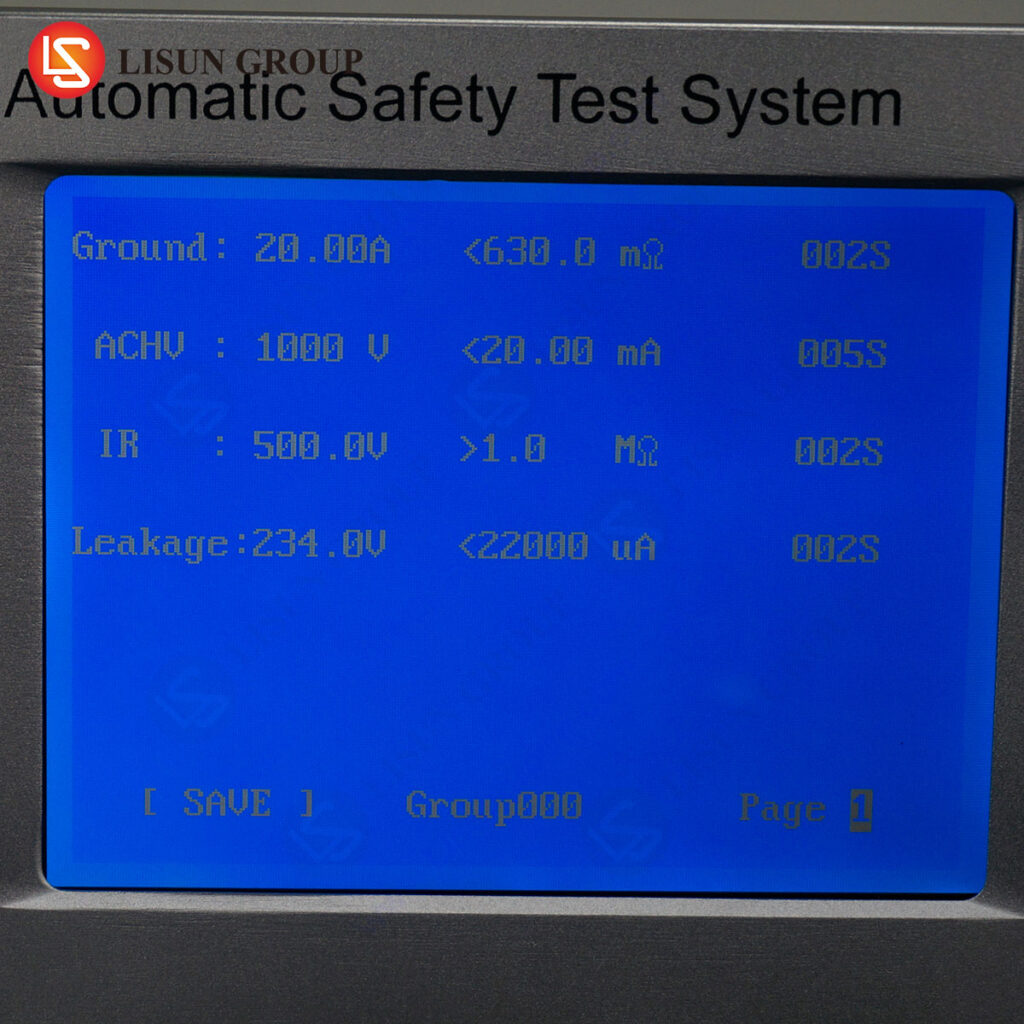Introduction
spectroradiometers and spectrophotometers are two of the most commonly used instruments for LED testing. Both instruments measure the spectral characteristics of light, but they do so in different ways. In this article, we will explore the differences between spectroradiometers and spectrophotometers and how they are used for LED testing.
Spectroradiometers
Spectroradiometers measure the spectral characteristics of light by measuring the amount of light energy at each wavelength. This is done by passing light through a diffraction grating, which splits the light into its component wavelengths. The Spectroradiometer then measures the amount of light energy at each wavelength and produces a graph of the spectral characteristics of the light.
Spectroradiometers are used for LED testing because they can accurately measure the spectral characteristics of the light. This is important for LED testing because it allows engineers to determine the color and intensity of the light.
Spectrophotometers
Spectrophotometers measure the spectral characteristics of light by measuring the amount of light that is absorbed or reflected by a sample. This is done by passing light through a sample and measuring the amount of light that is absorbed or reflected. The spectrophotometer then produces a graph of the spectral characteristics of the light.
Spectrophotometers are used for LED testing because they can accurately measure the color and intensity of the light. This is important for LED testing because it allows engineers to determine the color temperature and color rendering index of the light.
Differences between Spectroradiometers and Spectrophotometers
The main difference between spectroradiometers and spectrophotometers is the way in which they measure the spectral characteristics of light. Spectroradiometers measure the amount of light energy at each wavelength, while spectrophotometers measure the amount of light that is absorbed or reflected by a sample.
Another difference between spectroradiometers and spectrophotometers is the accuracy of their measurements. Spectroradiometers are more accurate than spectrophotometers because they measure the amount of light energy at each wavelength.
Conclusion
Spectroradiometers and spectrophotometers are two of the most commonly used instruments for LED testing. Both instruments measure the spectral characteristics of light, but they do so in different ways. Spectroradiometers measure the amount of light energy at each wavelength, while spectrophotometers measure the amount of light that is absorbed or reflected by a sample. Spectroradiometers are more accurate than spectrophotometers, which makes them the preferred instrument for LED testing.
FAQs
Q: What is the difference between a spectroradiometer and a spectrophotometer?
A: The main difference between a spectroradiometer and a spectrophotometer is the way in which they measure the spectral characteristics of light. Spectroradiometers measure the amount of light energy at each wavelength, while spectrophotometers measure the amount of light that is absorbed or reflected by a sample.
Q: Why are spectroradiometers used for LED testing?
A: Spectroradiometers are used for LED testing because they can accurately measure the spectral characteristics of the light. This is important for LED testing because it allows engineers to determine the color and intensity of the light.

